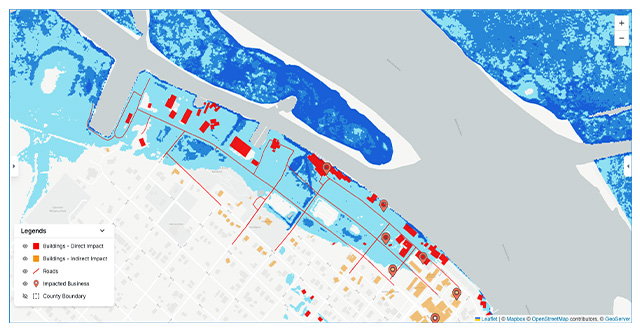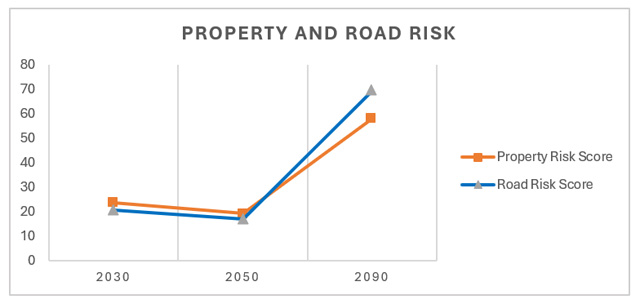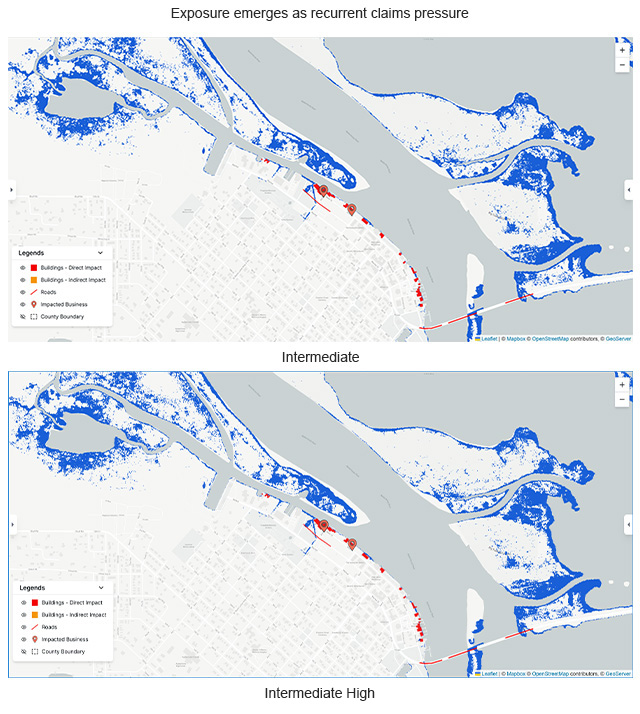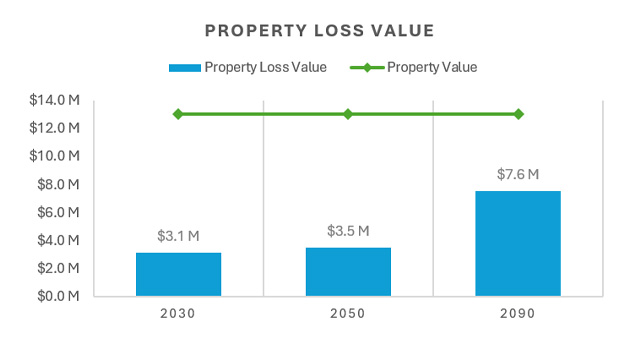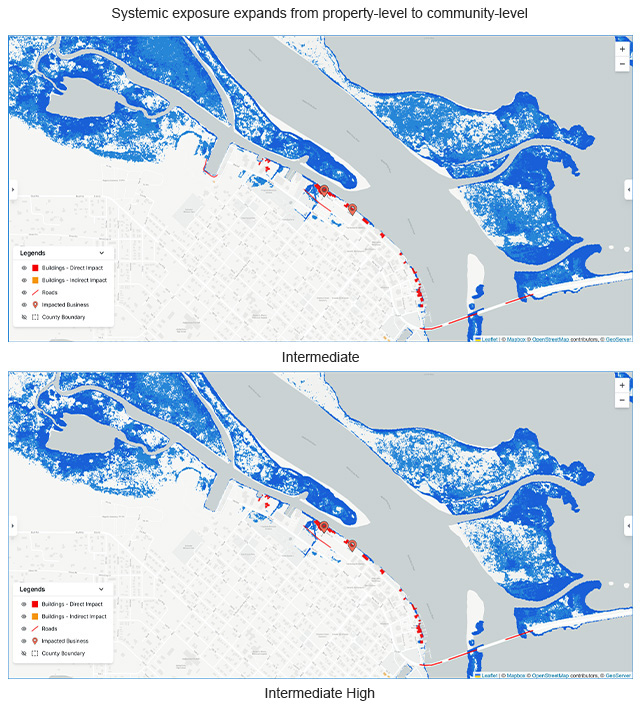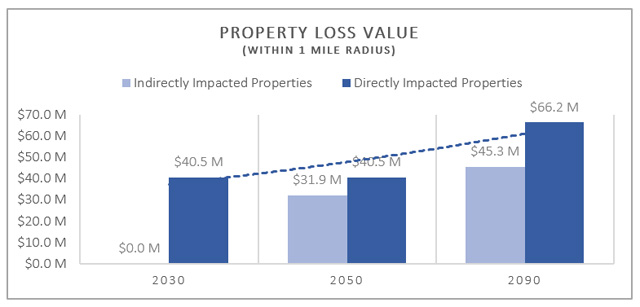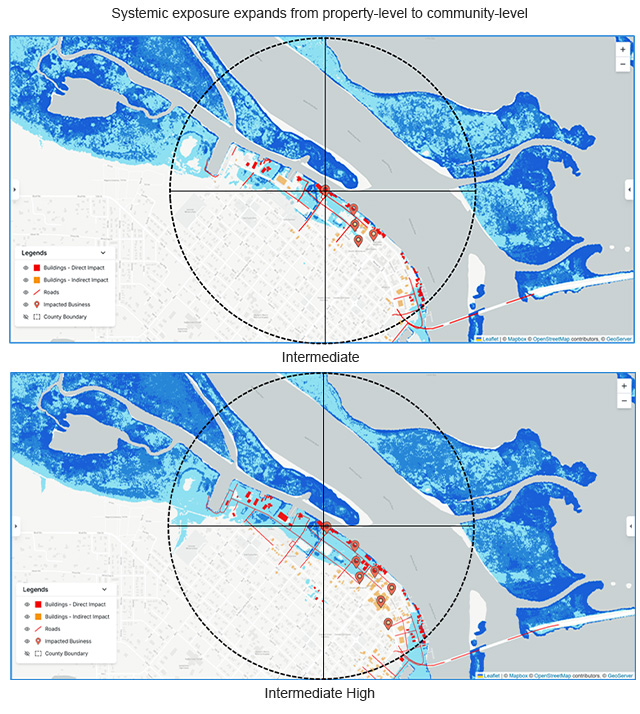Single Property SLR Risk Report - Insurance Lens
Our client, a leading insurer with a portfolio of coastal properties in Florida, faced growing uncertainty in quantifying the impact of sea level rise (SLR) on individual assets. Traditional flood maps offered broad regional exposure but failed to capture the granularity of building-level risk and indirect disruptions, such as blocked access roads. Without this precision, underwriting decisions carried significant blind spots, and compliance with climate-risk reporting frameworks remained a challenge.
The client sought a solution that would:
Provide asset-specific insights on SLR exposure across multiple time horizons (2030, 2050, 2090).
Differentiate between direct impacts (building inundation) and indirect impacts (loss of accessibility, community-level vulnerabilities).
Support smarter underwriting and pricing by integrating climate risk into financial loss estimates.
Deliver outputs that are transparent, defensible, and aligned with regulatory and disclosure requirements (e.g., NAIC climate scenarios).
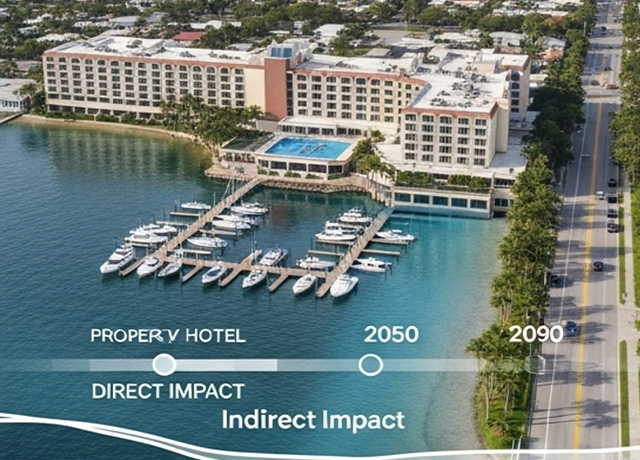
| *Property Name | Coastal Haven Resort & Marin |
| Location | 123 ABC Street 122, Apalachicola, Florida |
| Occupancy Class | Commercial |
